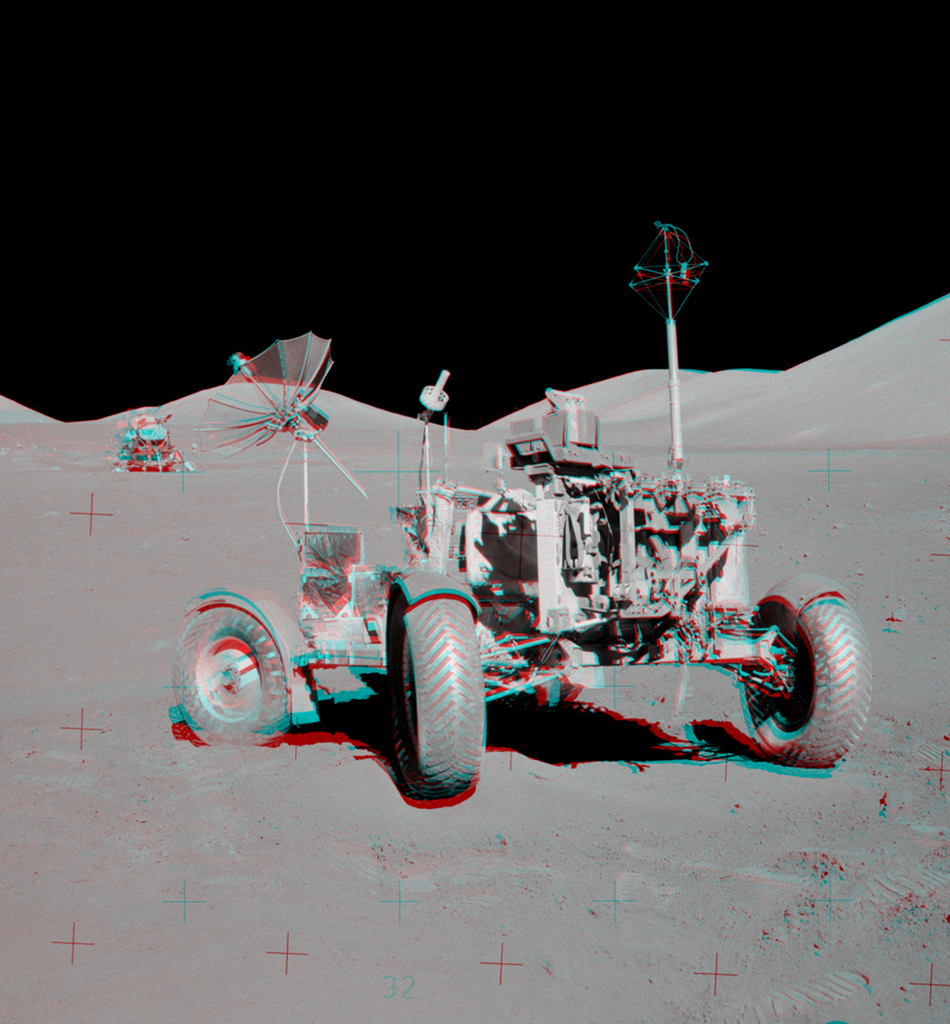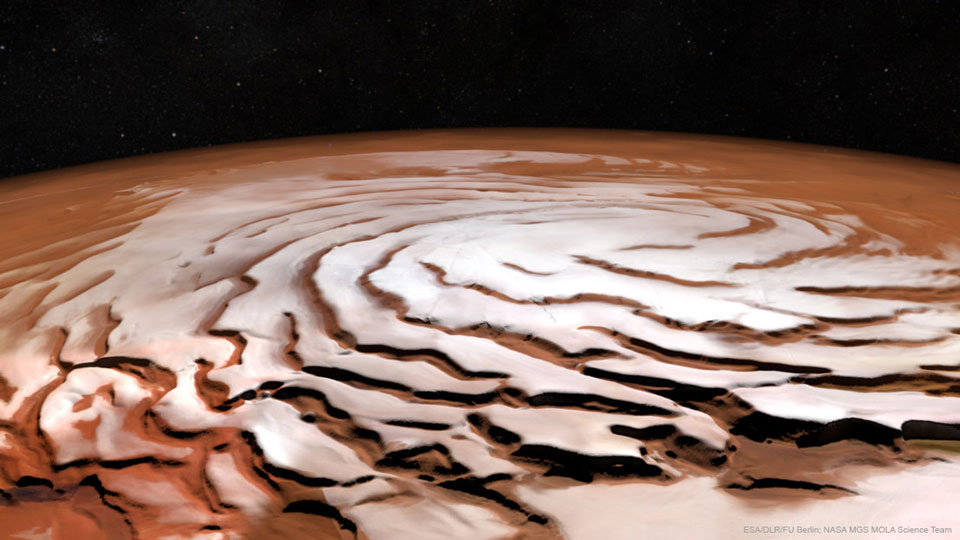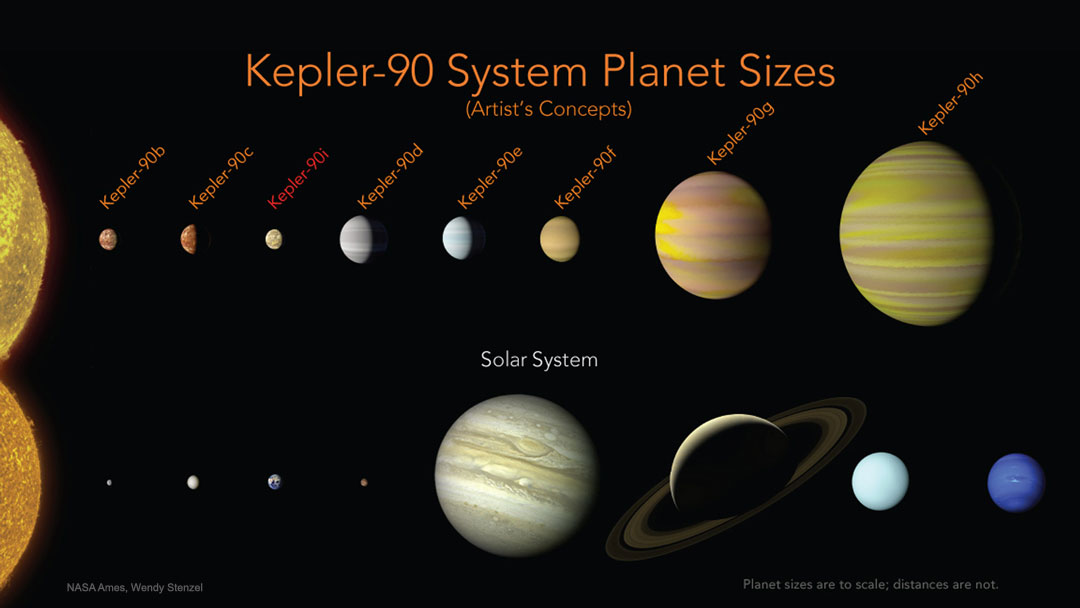 Keith's note: After spending decades and tens of billions of dollars NASA still cannot implement a strategic plan for the use of the ISS or explain how it plans to transition from the ISS to future facilities. If NASA cannot get it right in low Earth orbit, how can they expect to build even more complex facilities near the Moon or at Mars?
Keith's note: After spending decades and tens of billions of dollars NASA still cannot implement a strategic plan for the use of the ISS or explain how it plans to transition from the ISS to future facilities. If NASA cannot get it right in low Earth orbit, how can they expect to build even more complex facilities near the Moon or at Mars?
Did NASA Deliver The ISS Transition Plan To Congress Required By Law? Update: No, earlier post
"In other words the [ISS Transition Plan Congress requires - by law] is late, has not been delivered, NASA does not know when it will be delivered. NASA is not going to tell anyone when it has been delivered and people will have to go ask Congress where the report is - whenever NASA gets around to delivering it."
A Midterm Assessment of Implementation of the Decadal Survey on Life and Physical Sciences Research at NASA, NAS
"... In assessing the progress of implementation of the decadal survey portfolio, the committee found difficulty in navigating the research tracking within various parts of the Agency that report on research alignments with the decadal recommendations. While overall programmatic attention to space life and physical sciences was readily apparent in the many presentations from NASA to the committee, a cumulative alignment or mapping of agency research projects to specific decadal survey recommendations proved problematic."
"... It is essential that NASA as quickly as possible develop a International Space Station-post-2024 strategy. This development factors strongly in the overall exploration strategy, space life and physical sciences research priorities, and resource allocation in terms of crew time, cargo delivery, and funding. This post-2024 strategy should address clear cost allocation among the various research activities and partners."
"... The committee has seen that microgravity research is included in the SBIR and STTR topic areas. However, NASA does not track the SBIR or STTR projects against the decadal survey priorities, and therefore neither NSBRI, SBIR, nor STTR research results entered into any attempts to map inputs to specific decadal survey recommendations."
"... The committee was further briefed on approximately 2,000 ground-based studies reported through the SLPSRA Task Book database: nearly 200 studies reported by CASIS; a large, yet undetermined, amount of funding for intramural directed intramural research projects; and hundreds, perhaps thousands, of ground- and space-based studies sponsored by NASA's international partners. Through individual queries to representatives of SBIR/STTR, the committee also learned of potentially hundreds of relevant SBIR/STTR research projects. Unfortunately, no mechanism currently exists, particularly in the Task Book, to summarize this vast body of research in a manner that allows mapping to specific priorities."
"... This allocation of resources can lead to allocation difficulties, because the various entities having different, and sometimes competing, priorities negotiate for resources. As in the case for Space Biology, shown in Figure 2.9, while both CASIS and NASA may start off with similar fundamental science needs, the NASA needs for flight medicine to enable humans to go to Mars can pull research in a very different direction than the CASIS need to produce medicinal results relevant back on Earth. Sometimes research can synergistically serve both needs; however, this creative tension between legitimate end goals does not always result in commonality of science needs or resource utilization."
Earlier posts on ISS and CASIS

from NASA Watch http://ift.tt/2AyFZaY
via
IFTTT
Keith's note: If I understand this correctly, Acting NASA Administrator Robert Lightfoot could technically get caught up in this. Rep. Bridenstine's nomination was not carried over by the Senate - so the White House has to resubmit it - and sources report that they intend to do that. In the interim, one could argue that there is no active nomination for someone to head NASA. More than 300 days have passed since Lightfoot's appointment has passed (he assumed the position on 20 January 2017).





















